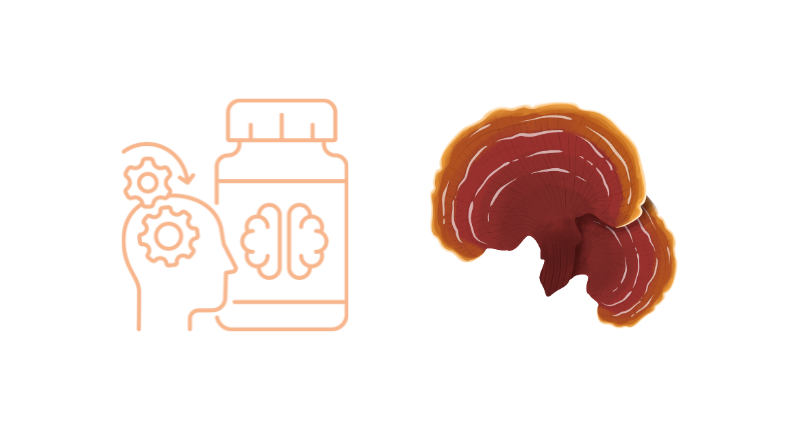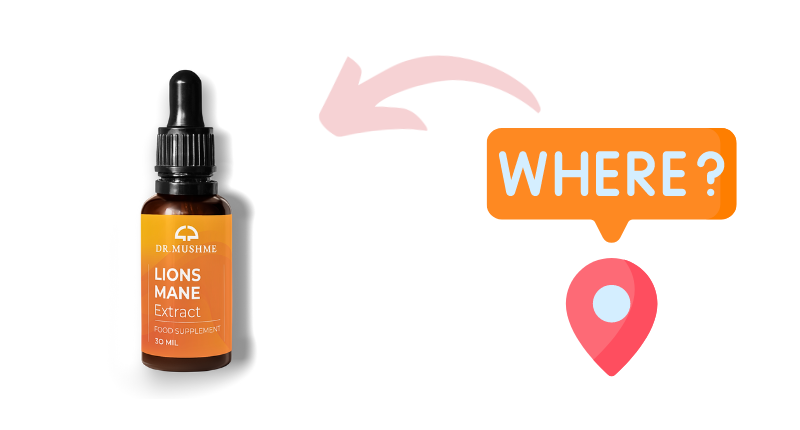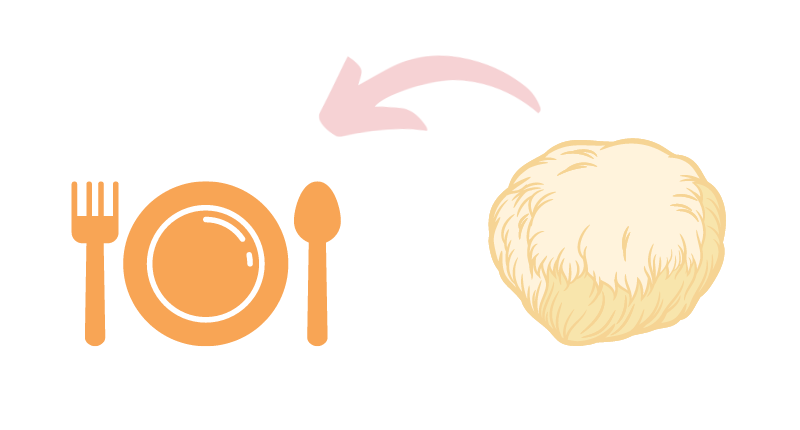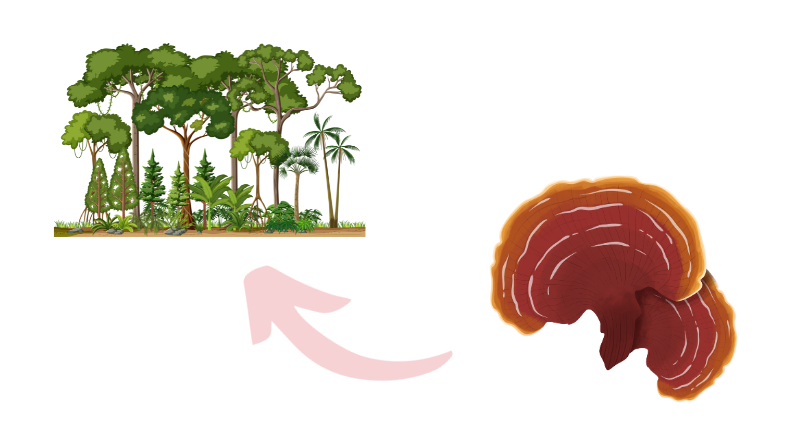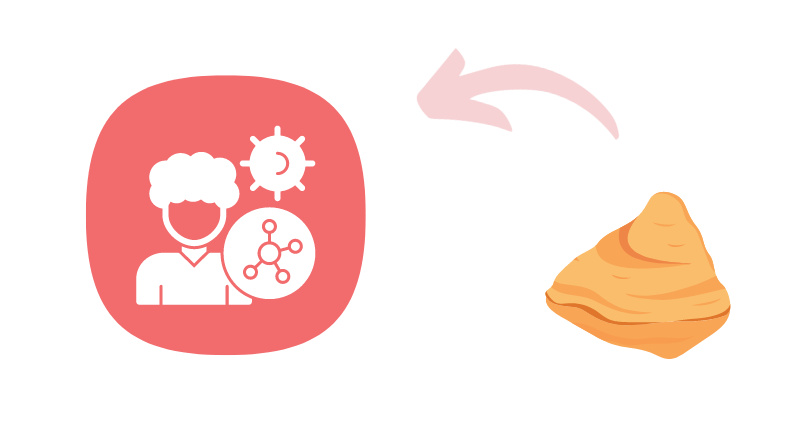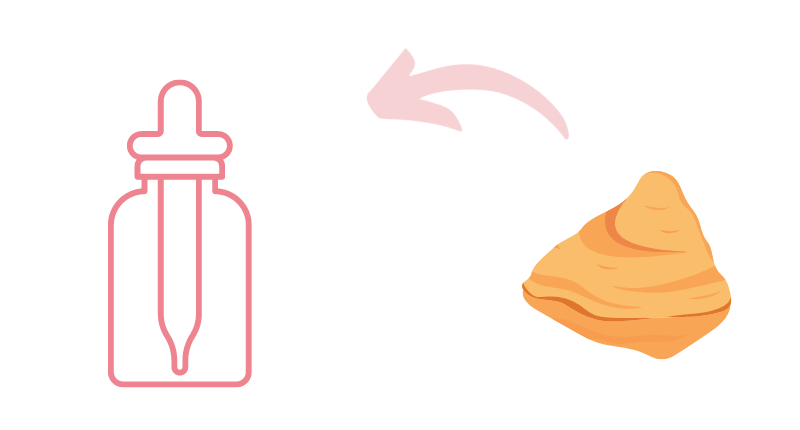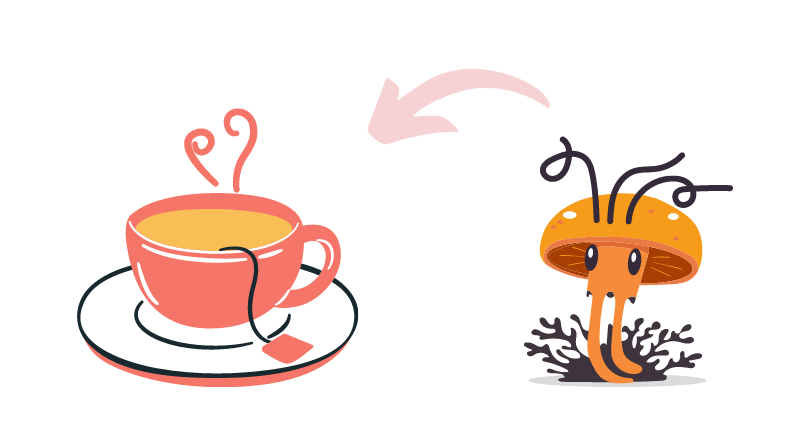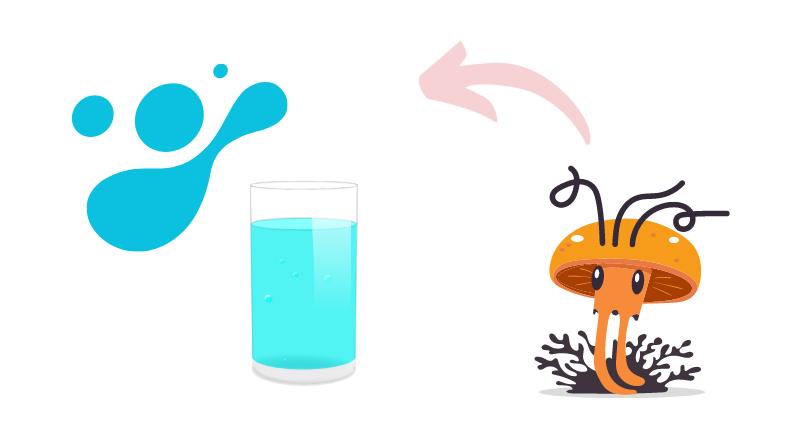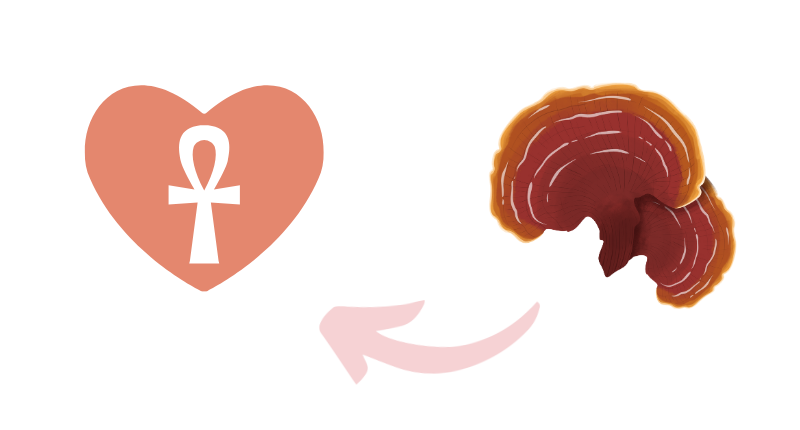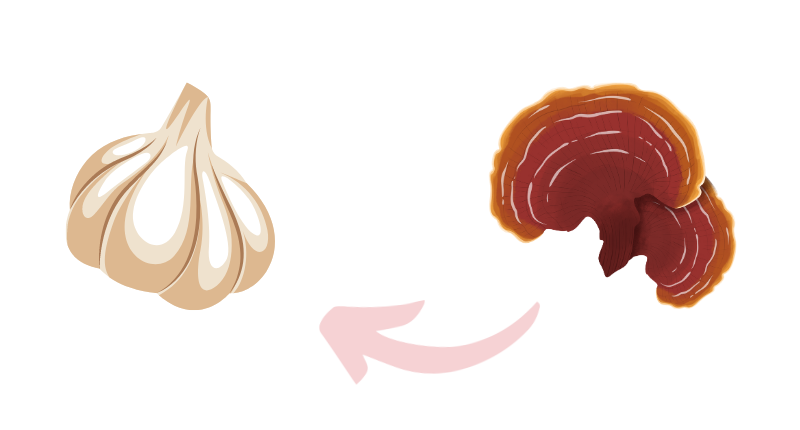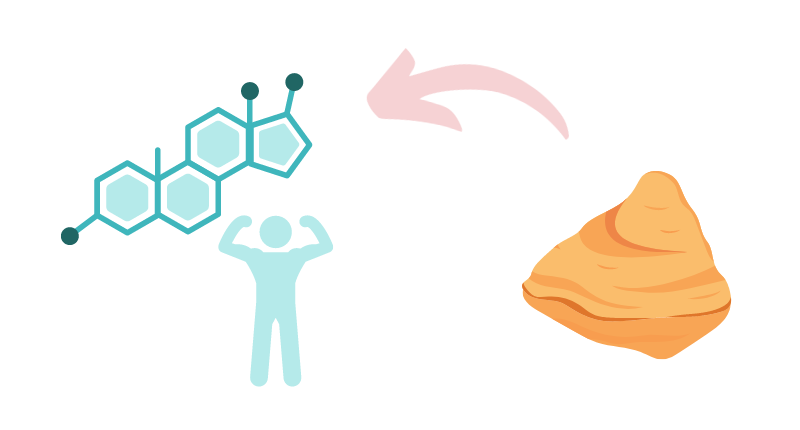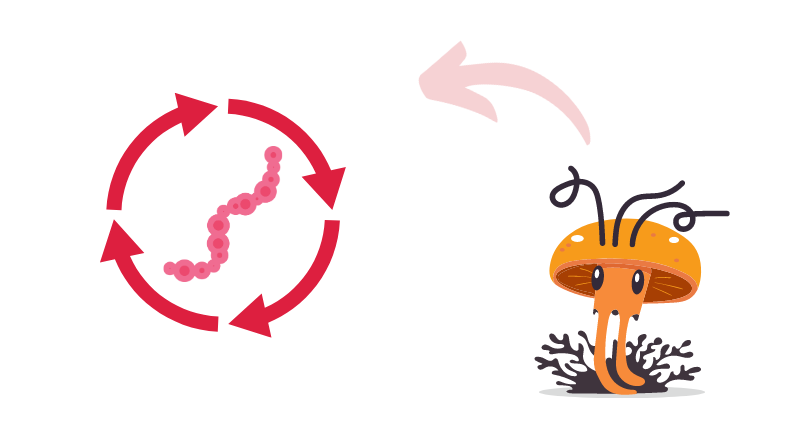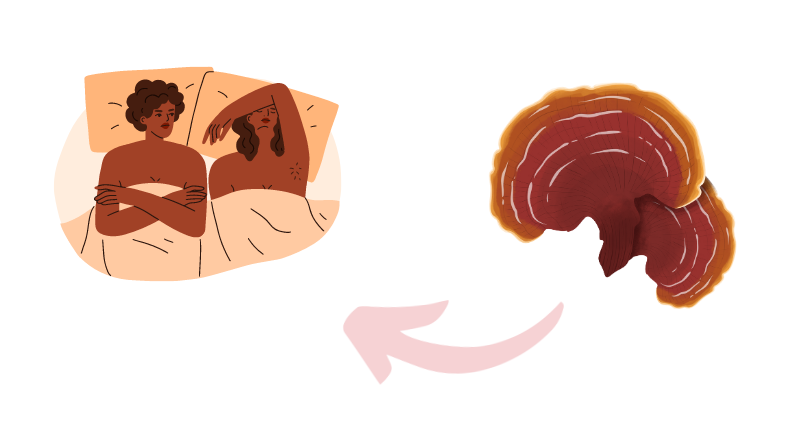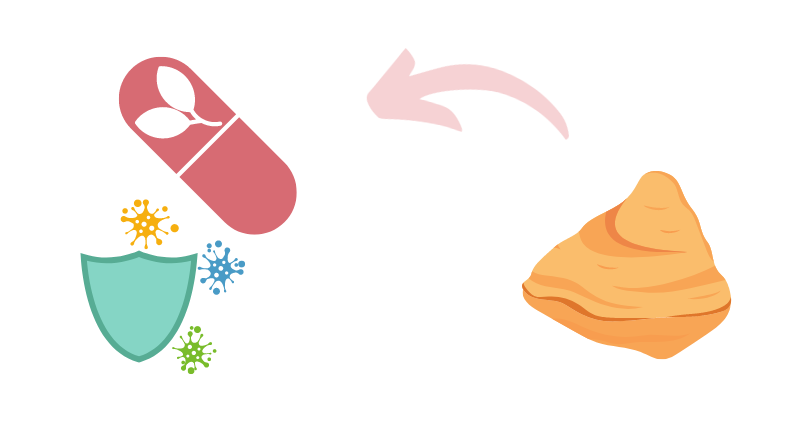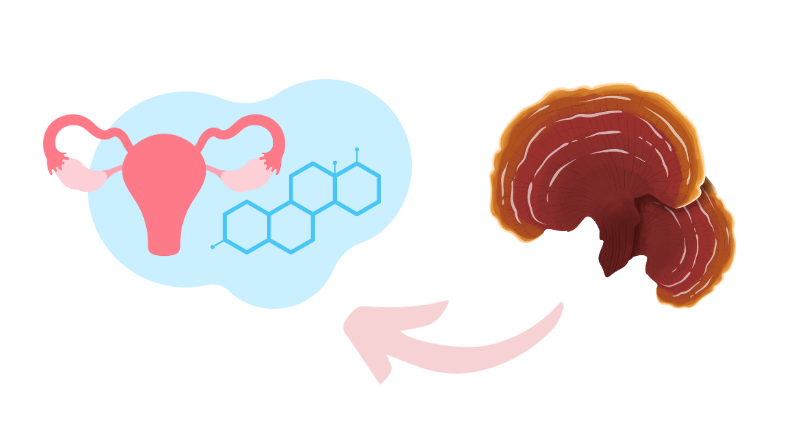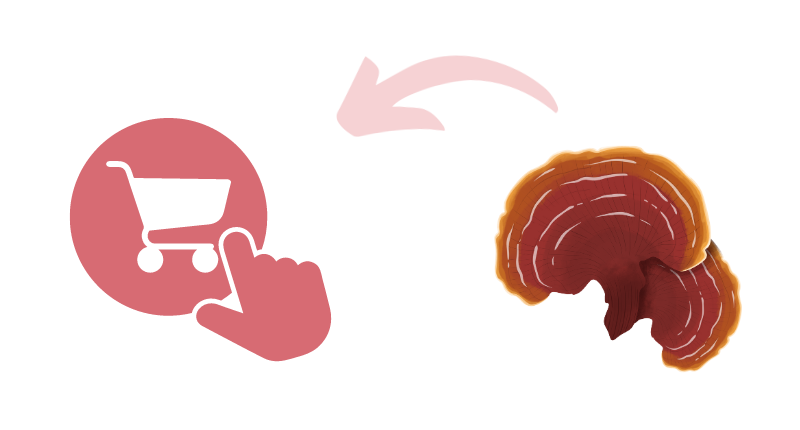One of the mushroom species that have a cult status in the world of medicinal fungi is Ganoderma lucidum, popularly known as reishi. Reishi is known for having therapeutic potential and that peculiar look; it has turned out to be incredibly popular among herbalists, researchers, and wellness allies.
The article addresses some delicate aspects of Reishi as a mushroom, supplement and its niche in the fungal community.
REISHI SPECIES: A DIVERSE FAMILY
Reishi mushroom, commonly known as Ganoderma lucidum, has featured prominently in eastern traditional medicine. Reishi is characterized by its glossy, red varnished cap in the shape of a kidney, making it easy to identify.
It is mainly found on hardwood trees in different parts of Asia and it has been said to increase the life span as well as improve the overall health.
VARIETIES OF GANODERMA
Ganoderma is a genus that can include many species with distinct features. Stemming from its popularity, Ganoderma lucidum is the most prominent species in this genus but other members like Ganoderma tsugae and Ganoderma applanatum have significant medicinal benefits.
However, different species differ slightly in their appearance, habitat and health benefits.
GANODERMA LUCIDUM: THE FLAGSHIP SPECIES
Among the Ganoderma species, Ganoderma lucidum stands out for its extensive study and use in traditional medicine. It typically grows on decaying wood and is characterized by its shiny, reddish-brown cap and woody texture. This species is particularly sought after for its wide range of health benefits.
HEALTH BENEFITS OF REISHI MUSHROOMS
Reishi mushrooms are renowned for their immune-boosting properties. They are rich in compounds like polysaccharides and triterpenoids, which contribute to their anti-inflammatory and potential anti-cancer effects. Reishi is further renowned for its capability of minimizing stress and creating a feeling of peace.
RESEARCH & STUDIES ON REISHI
Studies into Ganoderma lucidum have been aimed at understanding its wide-ranging bioactive compounds, and their possible pharmacological potential.
Immune-Boosting Properties
Lin, Z.B., 2005 immuno-modulating Biological effects of Reishi were discussed in a study published in the Journal of Pharmacological Sciences which noted that ingested reishi produces polysaccharides and triterpenoids; both factors aid improve immune function.
Anti-Cancer Effects
Sliva, D. (2003) in Integrative Cancer Therapies Meaning Of Humanization humanizingwriting.com explored Reishi’s potential clinical application as anticancer drug that enhances cancer cell proliferation and apoptosis.
Cardiovascular Health
Jin, H., et al. (2012) systematically reviewed published studies on the cardiovascular applications of Reishi in Cochrane Database of Systematic Reviews and concluded that the mushroom can alleviate coronary risk factors related to heart health.
Such studies emphasize the multi-faceted potential of Reishi as a therapeutic agent, which may have implications on immune support, oncological use and cardiovascular health.
REISHI MUSHROOM AS A SUPPLEMENT
Reishi’s popularity as a dietary supplement has surged, thanks to its health-promoting properties. It is available in various forms, including tinctures, powders, and capsules, making it accessible for different preferences and lifestyles. The rise of reishi in modern wellness regimes continues!
QUALITY & EXTRACTION METHODS
The quality of Reishi supplements is crucial for their effectiveness. Advanced extraction methods, like Ultrasonic Assisted Extraction used in DrMushMe’s Reishi products, ensure a high-quality, potent supplement by efficiently extracting beneficial compounds.
CULTIVATION & HARVEST OF REISHI – GROWING THIS MUSHROOM
Growing Reishi mushrooms is a delicate process that involves certain conditions needed for the production of quality fungi. The growing entails manipulating factors such as the humidity, temperature, and substrate that are similar to their natural environment of growth.
REISHI IN THE TRADITIONAL & MODERN PRACTICES
ITS ROLE IN EASTERN MEDICINE
Historically, Reishi has been applied in Eastern medicine for improving vitality and fighting different diseases. Its historical uses have set a path for its contemporary use in industry to support health and wellness.
INTEGRATING INTO CONTEMPORARY HEALTHCARE
However, with the evolution of the concept and aspects of health today reishi mushrooms become part of everyday life in modern healthcare institutions, where they are implemented to supplement mainstream therapies as a natural choice for holistic health.
COMPARISON TO OTHER MUSHROOM SPECIES
Reishi mushroom’s unique properties can be contrasted with other well-known medicinal mushrooms:
- Shiitake (Lentinula edodes): Known for its culinary and medicinal value, Shiitake is rich in compounds that support cardiovascular health and enhance the immune system. Unlike Reishi, which is more known for its stress-reducing properties, Shiitake is often celebrated for its cholesterol-lowering effects.
- Lion’s Mane (Hericium erinaceus): This fungus is well known for its neuroprotective effects. Experiments, including Mori, K., et al. (2009), have demonstrated that Lion’s Mane can promote nerve growth factor secretion resulting in an improvement of cognitive function. On the other hand, Reishi is better known for its general wellness and immune-enhancing properties.
-
Chaga (Inonotus obliquus): There is another medicinal mushroom called Chaga that possesses antioxidant properties. It can be said that while Reishi has a clearer role in immune modulation and potential anti-cancer effects, Chaga is often pursued for its ability to fight oxidative stress.
Familiarization with these differences among different medicinal mushrooms may help people select the appropriate supplement considering their health requirements.
CONCLUSION: THE REISHI MUSHROOM SPECIES
Above all, the best example is reishi mushroom particularly Ganoderma lucidum which proved a fact that nature and health are interrelated phenomenon. With a historical legacy, multiple therapeutic features and increasing presence in the wellness community, Reishi remains to attract people and empower them through beneficial usage.
REFERENCES
- Lin, Z.B. (2005). “Cellular and molecular mechanisms of immuno-modulation by Ganoderma lucidum.” Journal of Pharmacological Sciences.
- Sliva, D. (2003). “Ganoderma lucidum (Reishi) in cancer treatment.” Integrative Cancer Therapies.
- Jin, H., et al. (2012). “Ganoderma lucidum (Reishi mushroom) for cardiovascular risk factors.” Cochrane Database of Systematic Reviews.
- Mori, K., et al. (2009). “Nerve growth factor-inducing activity of Hericium erinaceus in 1321N1 human astrocytoma cells.” Biological & Pharmaceutical Bulletin.

